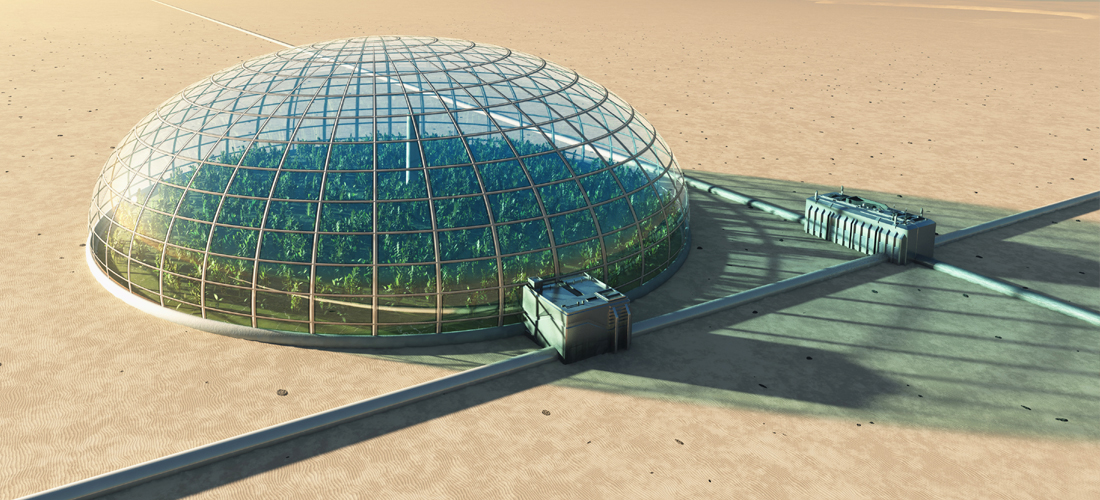The strategic character of the agri-food sector is determined by several circumstances, among which it is worth mentioning:
- Its food supplying function.
- Secure an offer with the quality demanded by consumers.
- Contribute to the sustainability of rural areas.
- Maintain an adequate standard of living for food-producing farmers.
- Conserve and improve the environment.
In this new context, the sector has as its main obligation to address the challenges that humanity will have to face throughout this century. Challenges that seem the most complex and vital for our civilization.
It is not just that we have to feed a population that grows in geometric progression. The fundamental problem is that we can no longer do it in the same way as before.
Our degree of occupation of the Earth is such that there are few idle spaces. We are intensively consuming non-renewable resources. And we have disrupted most of the planet’s ecosystems.
Therefore, the simple extension of the agro-food production system on new territories is no longer possible. Nor can we assume any model that simply maximizes production. That model has to be socially and environmentally sustainable.
The future of agriculture is to apply science.
Thus, the necessary improvement of productivity should reach not only the first link in the chain of production and distribution of food. It should be spread throughout it to make the most of every calorie produced.
In this effort, agriculture must continue to look towards science and the process of technological development.
Although we tend to associate agriculture with the idea of a traditional and not very innovative sector, the degree of innovation that is taking place in the last decades is absolutely impressive.
These innovations range from the development of new plant materials (and of the methodologies themselves to obtain them) to post-harvest techniques and transportation of the products. Not forgetting the management of crops and livestock and machinery.
In such a changing world, it is vital that information flows through all the corners of the production system. Including within this the network of institutions and companies engaged in basic and applied research.
It is necessary to ensure that the latest users of the advances can be incorporated into the R & D & I process as vectors of the research processes themselves. Or, even as protagonists, since they are the ones who know the needs of the sector better, and who can apply in the most agile and direct way the developments.
Everyone thinks about the importance R & D & I has for the industry. However, very few are aware that in the agri-food sector this importance is even greater. We will not be able to feed the planet’s intended population without undertaking deep innovations in our current food supply system.
Cajamar with the agri-food sector
Cajamar Caja Rural, by virtue of its history and its declared vocation, has always had a special relationship with the agri-food sector. First, more focused on the primary segments. And then, from a more holistic perspective, which includes countless companies from the food and beverage industry or from the auxiliary services to agriculture.
This commitment is not only focused on our credit investment but also has implications for R & D & I processes.
Aware of the importance of strategic alliances and the joint development of projects, in Cajamar we have a support structure for agro-food innovation, which includes:
- 2 experimental stations.
- 7 university professorships.
- A center of excellence oriented to the training of advisers and managers of agri-food companies.
- A wide range of editorial work in the sector.
And we do this with the collaboration of farmers, companies, public and private research centers, universities and a wide range of experts.










